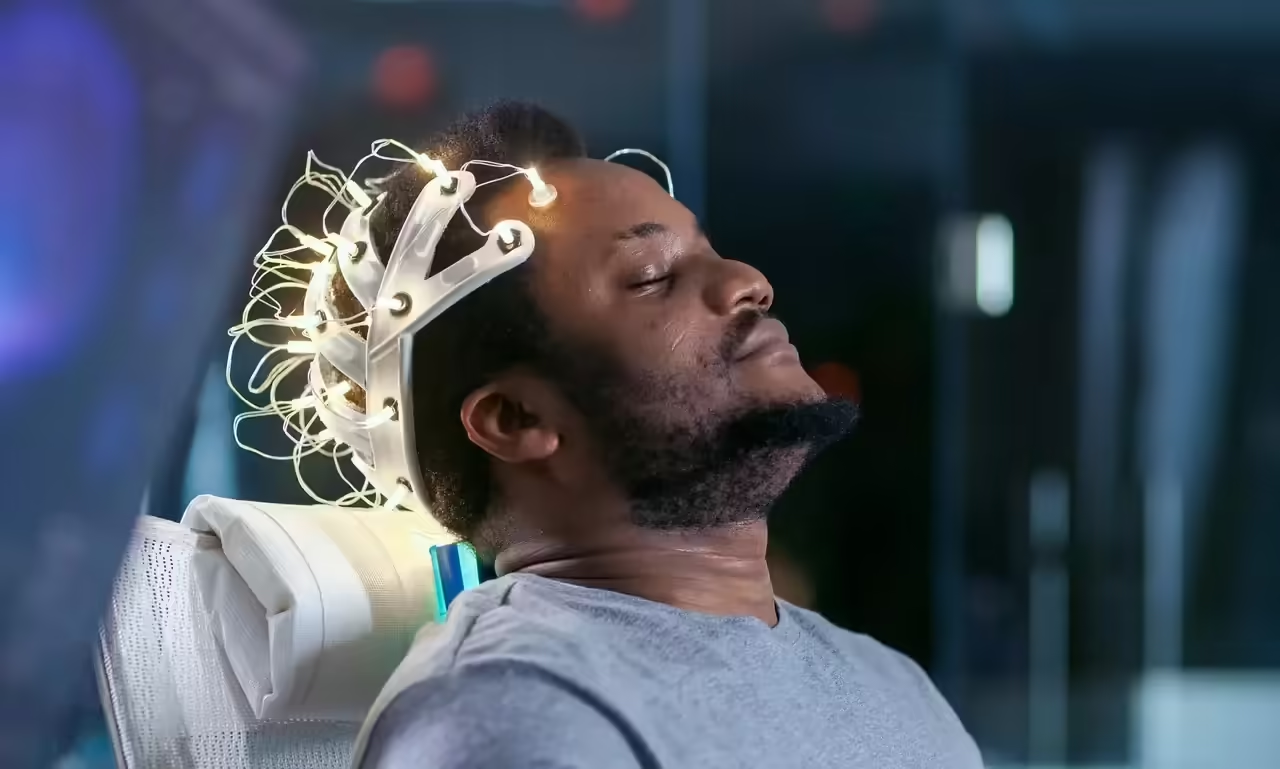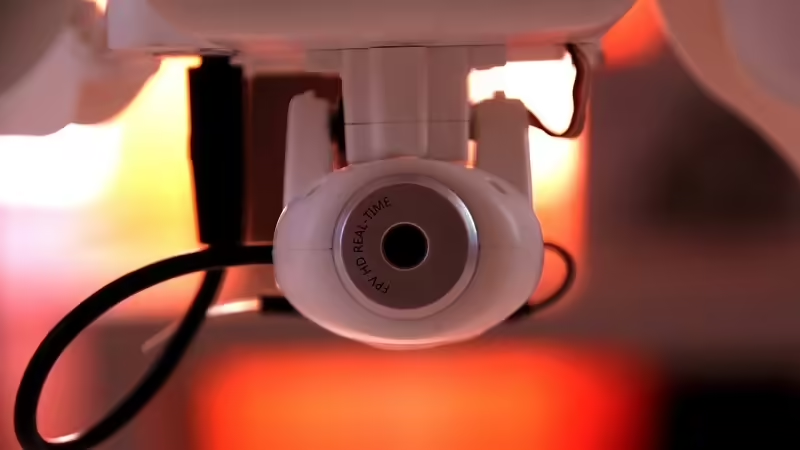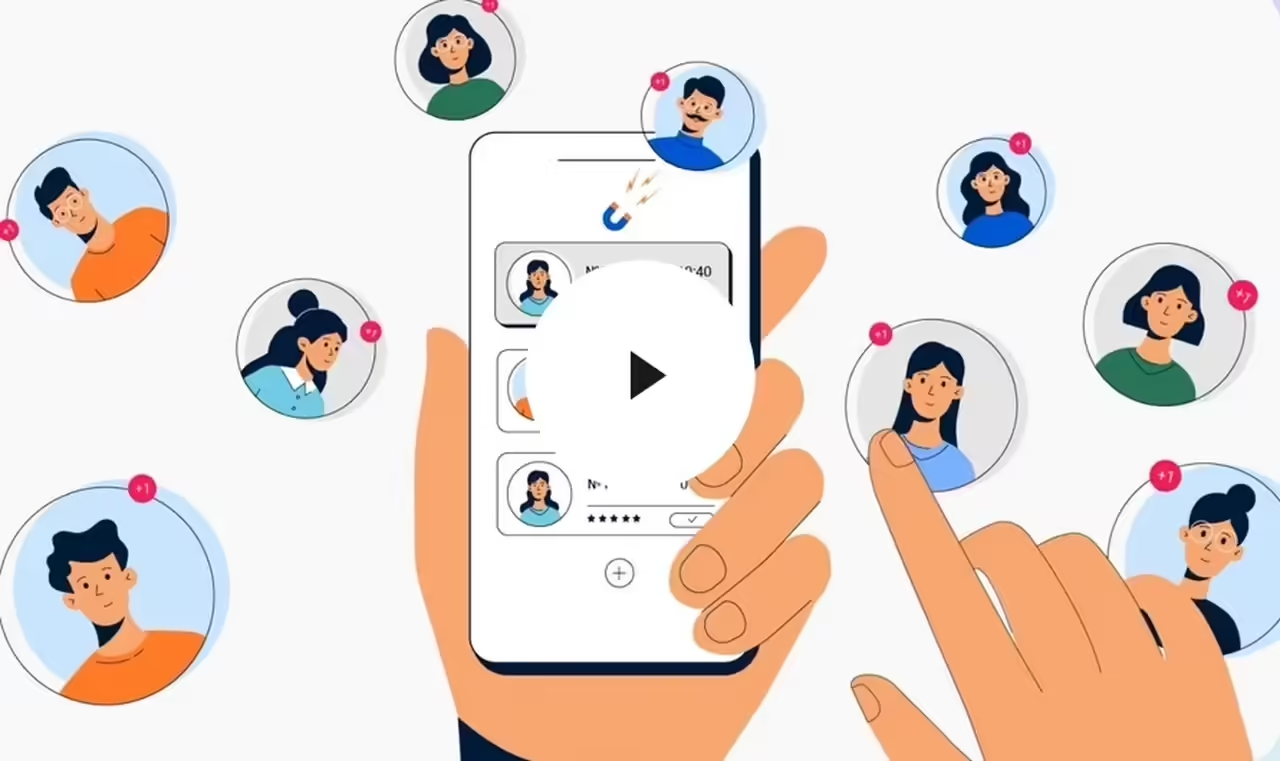
Brain reading involves the use of devices that capture the electrical or magnetic signals produced in the brain when engaging in mental activities. These signals can be analyzed by artificial intelligence algorithms that learn to recognize patterns associated with different cognitive or emotional states. Thus, it is possible to infer what a person is thinking, feeling, or even dreaming with varying degrees of precision.
The application of this technology holds enormous potential in the fields of health, education, entertainment, and security. For instance, it could assist individuals with motor disabilities in communicating or controlling external devices solely with their minds, enhance the diagnosis and treatment of neurological or psychiatric disorders, tailor learning experiences based on students’ attention or interest levels, create immersive virtual or augmented reality experiences, or detect lies or criminal intentions.
However, it also poses significant ethical, legal, and social challenges. What guarantees exist that our privacy and autonomy will not be violated through unauthorized access or misuse of our brain data? What consequences will knowing our true thoughts or feelings have on our identity and self-esteem? What responsibility will we bear for our actions if it is proven that our decisions are determined by our brains? What impact will the ability to read others’ minds have on human relationships?
These are some of the questions raised by the advancement of brain reading technology, prompting us to reflect on the ethical and moral limits of science and innovation. It is essential to establish a regulatory framework that protects the fundamental rights of individuals and ensures the responsible and beneficial use of this technology for society.
The intersection of science fiction and medical reality is rapidly blurring, thanks to groundbreaking advancements in brain-reading technology. This article delves into the current landscape of technologies enabling direct reading of brain activity, highlighting the most relevant devices and methods that are shaping this emerging field.
Unveiling the Brain-Reading Technologies
Recent breakthroughs in brain-reading technologies have opened up unprecedented possibilities in understanding and interpreting the human mind. From electroencephalography (EEG) to functional magnetic resonance imaging (fMRI), these tools provide windows into the intricate workings of the brain.
Electroencephalography (EEG):
EEG stands as a pioneering technology, capturing electrical activity in the brain through electrodes placed on the scalp. It is widely used in both clinical and research settings, offering real-time insights into cognitive processes, emotions, and neurological disorders.
Functional Magnetic Resonance Imaging (fMRI):
The power of fMRI lies in its ability to measure blood flow changes in the brain, indicating areas of heightened activity. This non-invasive technique has revolutionized our understanding of brain function, allowing researchers to map neural activity associated with specific tasks or emotions.
Neurofeedback and Brain-Computer Interfaces (BCIs):
Advancements in neurofeedback and BCIs have propelled brain-reading technology further. BCIs, in particular, facilitate direct communication between the brain and external devices, opening avenues for controlling prosthetics, typing, or even interacting with virtual environments through thought alone.
Emerging Technologies:
Beyond traditional methods, emerging technologies are pushing the boundaries of brain-reading. Optical neuroimaging, for instance, utilizes light to visualize brain activity with high spatial and temporal resolution. This promises a more detailed and nuanced understanding of neural processes.
Challenges and Ethical Considerations:
While the progress in brain-reading technology is impressive, it raises ethical concerns. The potential for invasion of privacy and the need for informed consent are critical considerations. Striking a balance between technological innovation and ethical responsibility is paramount in the development and deployment of these tools.
Future Implications:
As these technologies advance, the future holds exciting possibilities. From personalized medicine to enhanced cognitive performance, the applications are vast. However, careful navigation is essential to address societal concerns and ensure responsible use.
Engineering and Neuroscience: A Crucial Partnership
The fusion of engineering and neuroscience represents a pivotal alliance, propelling the development of brain-reading tools to unprecedented heights. This article delves into the symbiotic relationship between these two disciplines, shedding light on how their collaboration intertwines to achieve remarkable advancements in understanding and decoding the complexities of the human brain.
The Interplay of Engineering and Neuroscience:
The collaboration between engineering and neuroscience is not merely a convergence of fields; it is a dynamic interplay that capitalizes on the strengths of both disciplines. Engineers bring their expertise in designing precision instruments, while neuroscientists contribute their deep understanding of the brain’s intricate functions.
Technological Innovations in Brain-Reading:
This partnership has given rise to a plethora of technological innovations designed to decode the enigma of the human mind. Sophisticated imaging devices, intricate sensors, and intricate algorithms are the fruits of this collaboration, enabling researchers to capture, analyze, and interpret neural activity with unprecedented accuracy.
Precision Instrumentation:
Engineers play a crucial role in developing precision instrumentation that allows for the non-invasive monitoring of brain activity. From high-density EEG caps to cutting-edge neuroimaging devices, these tools are engineered to provide real-time insights into the brain’s dynamic processes.
Advanced Signal Processing:
The marriage of engineering and neuroscience extends to advanced signal processing techniques. Engineers devise algorithms that can sift through the intricate signals emitted by the brain, extracting meaningful patterns that neuroscientists can use to unravel the mysteries of cognition and behavior.
Brain-Computer Interfaces (BCIs):
One of the most transformative outcomes of this partnership is the development of Brain-Computer Interfaces (BCIs). These interfaces, often a product of interdisciplinary collaboration, enable direct communication between the brain and external devices, revolutionizing fields such as assistive technology and neurorehabilitation.
Addressing Challenges Together:
The challenges in decoding the brain’s complexity are multifaceted, requiring a multidisciplinary approach. Engineers and neuroscientists collaborate not only in innovation but also in overcoming hurdles such as signal noise, ethical considerations, and the need for user-friendly applications.
Impact on Medical Science and Beyond:
The collaborative efforts between engineering and neuroscience have profound implications for medical science. Enhanced diagnostic tools, targeted therapeutic interventions, and a deeper understanding of neurological disorders are among the direct outcomes, showcasing the transformative power of this partnership.
Looking Ahead:
As the partnership between engineering and neuroscience continues to evolve, the prospects are boundless. From refining existing technologies to pioneering new methodologies, this collaboration holds the key to unlocking the full potential of brain-reading tools, ushering in an era where the mysteries of the mind are decoded with unprecedented precision.
Artificial Intelligence and Brain Reading: An Innovative Symphony
The intersection of artificial intelligence and brain reading is characterized by a symbiotic relationship, where AI acts as the virtuoso conductor orchestrating the intricate patterns of neural activity. This collaboration is transforming the way we perceive and interact with the complexities of the mind.
AI in Data Interpretation:
Artificial intelligence excels in processing vast amounts of complex data, making it an ideal partner in the interpretation of brain signals. Machine learning algorithms, powered by neural networks, sift through the intricacies of brain data, identifying patterns and extracting meaningful information that human analysis alone may overlook.
Enhanced Neuroimaging and Analysis:
AI contributes significantly to the enhancement of neuroimaging techniques. Through deep learning, it refines the accuracy of imaging processes, allowing for clearer and more detailed insights into brain structures and functions. This synergy results in a new era of precision in mapping neural activity.
Real-Time Processing and Feedback:
The integration of AI facilitates real-time processing of brain data, enabling instantaneous feedback. This capability has transformative implications in various applications, from neurofeedback for cognitive enhancement to adaptive technologies that respond dynamically to an individual’s neural states.
Brain-Computer Interface Advancements:
In the realm of Brain-Computer Interfaces (BCIs), AI plays a pivotal role in improving the efficiency and intuitiveness of interactions. By learning and adapting to individual neural patterns, BCIs integrated with AI can offer more seamless control over external devices and foster a more natural interaction between the brain and technology.
Unveiling Hidden Patterns and Insights:
AI’s ability to uncover hidden patterns in brain data opens new frontiers in neuroscience. It facilitates the discovery of subtle correlations and relationships, providing researchers with novel insights into cognitive processes, emotional states, and neurological disorders.
Ethical Considerations and Responsible AI:
As the collaboration between AI and brain reading progresses, ethical considerations become paramount. This section explores the importance of responsible AI development, emphasizing the need for transparency, privacy safeguards, and ethical guidelines to ensure the responsible use of these technologies.
Revolutionizing Healthcare and Beyond:
The synergies between AI and brain reading have transformative implications for healthcare. From more accurate diagnostics to personalized treatment plans, this partnership is revolutionizing how we approach neurological disorders and mental health.
Looking Forward:
The innovative symphony of AI and brain reading is only beginning. As technology advances, the potential applications and discoveries are limitless. From decoding the secrets of consciousness to enhancing cognitive abilities, this collaboration holds the promise of reshaping our understanding of the mind.
Advances in Brain Reading Technology
Neural Precision and Resolution:
Anticipate advancements that enhance the precision and resolution of brain reading technology. Higher-resolution imaging and more nuanced interpretation of neural signals could provide unprecedented insights into the complexities of cognition.
Decoding Emotional States:
Future developments may focus on decoding emotional states with greater accuracy. Imagine a world where brain reading technology can discern subtle variations in emotions, offering new dimensions for mental health assessment and personalized interventions.
Neuroenhancement Therapies:
Speculate on the emergence of neuroenhancement therapies. As our understanding of neural patterns deepens, interventions to enhance cognitive abilities or mitigate cognitive decline could become more sophisticated and targeted.
Collective Brain-Computer Networks:
Envision the creation of collective brain-computer networks, where individuals can seamlessly share thoughts and ideas. This interconnected neural space could revolutionize collaborative efforts, creativity, and communication on an unprecedented scale.
Brain-Computer Interface Augmentation:
Contemplate the augmentation of brain-computer interfaces beyond medical applications. Individuals might choose to enhance their cognitive abilities voluntarily, sparking ethical discussions about the boundaries between natural and augmented intelligence.
Impact on Society and Medicine:
Personalized Medicine and Treatment Plans:
Explore the potential for highly personalized medicine and treatment plans. Future brain reading advancements may enable healthcare professionals to tailor interventions based on an individual’s unique neural profile, optimizing therapeutic outcomes.
Ethical Considerations in Brain Data Ownership:
Anticipate discussions around brain data ownership and privacy. As brain reading technology advances, society may grapple with ethical considerations regarding who owns and controls access to this intimate and sensitive information.
Shifts in Communication Dynamics:
Envisage shifts in communication dynamics, where direct brain-to-brain communication becomes a reality. This could revolutionize not only interpersonal communication but also human interaction with artificial intelligence and technology.
Addressing Societal Disparities:
Consider the potential for brain reading technology to either exacerbate or alleviate societal disparities. Reflect on how equitable access to these technologies can be ensured and how their benefits can be distributed across diverse communities.
Neuroethics and Regulation:
Speculate on the evolution of neuroethics and regulatory frameworks. Future advancements in brain reading technology may necessitate robust guidelines to ensure responsible development, preventing misuse and protecting individual rights.







